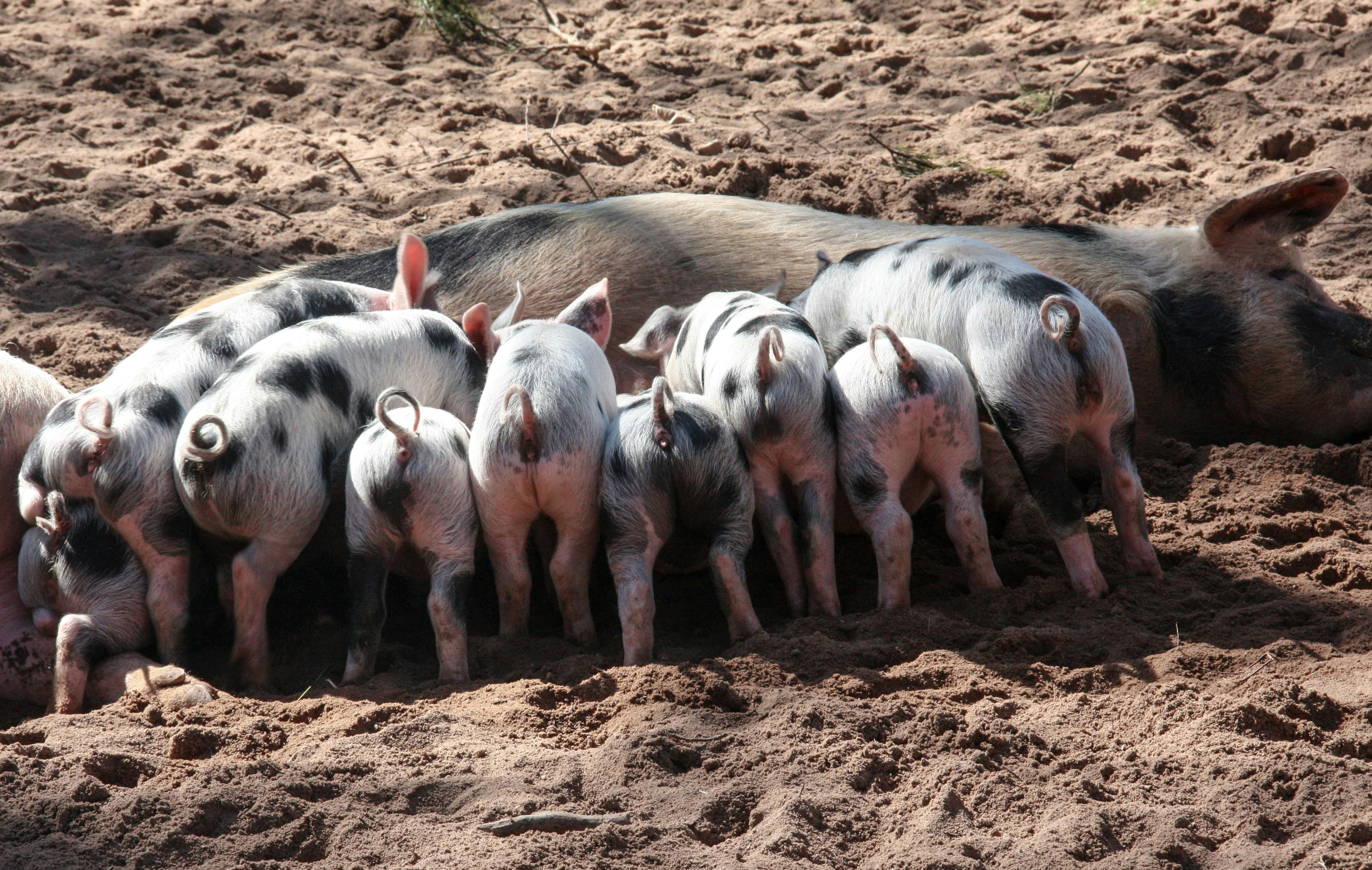Market size in 2024
We have assessed the size of the pork market in Cameroon in 2024, and built a forecast for the next five years under the most informed assumptions of the local market. Our central estimates suggest that, with the prevailing retail prices, the pork market was valued at CFA 231B. In terms of foresight, the market could reach CFA 490B by 2030. The leading regions by market size are Littoral and Centre, and the main supply basins are the North West, Far North, and West regions. We noted huge opportunities for value creation in the sector, driven by export potentials and untapped segments along the value chain of the pork industry. Furthermore, given the relatively low level and technical expertise requirements for pig farming, its high liquidity attribute, and relatively high profit margins, effective poverty reduction programs can be developed within the sector, especially in rural areas.



